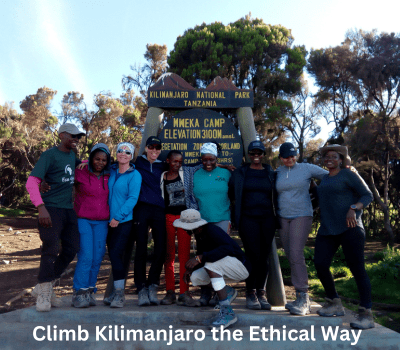Are there Age Restrictions for Climbing Kilimanjaro in Africa?
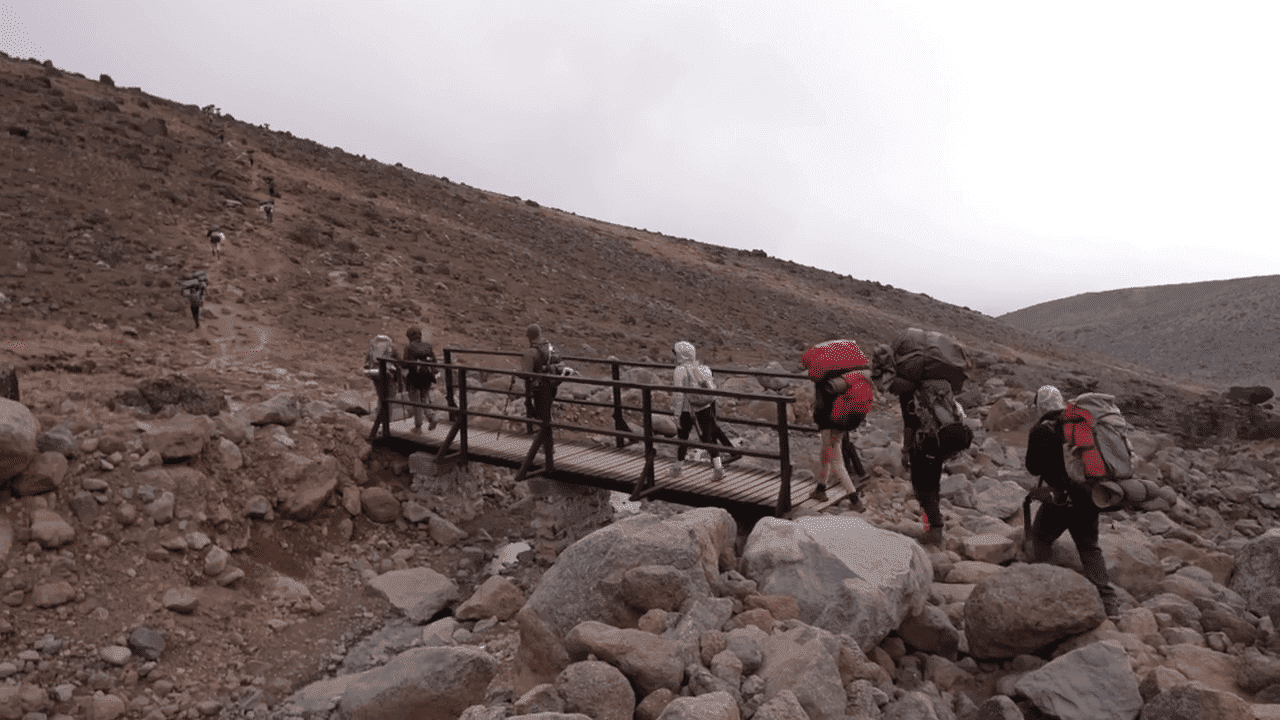
Introduction: How Old Is Too Young or Too Old?
Mount Kilimanjaro is a dream destination for adventurers around the world, but one question comes up frequently: is there an age limit to climb it? Can kids make it to the summit? Are older trekkers allowed or even capable of summiting Africa’s highest peak? Whether you’re a parent planning a family trek or a retiree chasing a lifelong dream, understanding Kilimanjaro’s age restrictions is crucial before booking your climb.
In this article, we break down the official rules set by Kilimanjaro National Park, the physical and mental challenges associated with different age groups, and real-life examples of both young and senior climbers who’ve conquered the mountain. With expert insight from Eco-Africa Climbing, you’ll know exactly what to expect—whether you’re 10 or 70.
Official Age Restrictions Set by Kilimanjaro National Park
According to the Tanzania National Parks Authority (TANAPA), the minimum legal age to climb Mount Kilimanjaro is 10 years old. This rule is enforced at all park entry gates, and children under 10 will be denied access—even if accompanied by an adult or private guide.
There is no official maximum age limit. However, all climbers, regardless of age, must be physically fit and able to complete the demanding trek. While there’s no need for technical climbing skills, the hike requires 6–9 days of walking at high altitude, often in cold, windy, and low-oxygen conditions.
At Eco-Africa Climbing, we strictly follow all TANAPA guidelines and assess every climber’s medical readiness before approving a booking, especially for younger or older participants.
Why Age Minimums Are Enforced for Kilimanjaro Climbers
Climbing Mount Kilimanjaro is not just a vacation—it’s a physically and mentally taxing journey. Children under 10 are especially vulnerable to:
- Altitude sickness: AMS can affect anyone, but younger bodies often can’t communicate symptoms effectively
- Cold-related issues: Hypothermia risk is higher in kids due to lower body mass
- Fatigue: Long trekking days and lack of sleep can be overwhelming
These health and safety concerns are the main reason TANAPA and reputable operators like Eco-Africa Climbing require children to be at least 10 years old—and even then, only if they’re strong, well-prepared, and accompanied by experienced adults.
Parents interested in a Kilimanjaro climb with children should schedule a pre-climb consultation, consider longer acclimatization routes like the 9 Days Northern Circuit, and train together for several months before the trip.
Can Older Adults Safely Climb Kilimanjaro?
Absolutely. In fact, many of our most inspired summit stories at Eco-Africa Climbing come from climbers in their 60s and even 70s. As long as you’re in good health and get medical clearance from your doctor, age should not be a barrier.
We recommend older climbers:
- Complete a full physical check-up – including cardiovascular evaluation
- Choose longer, gentler routes – like the 8 Days Lemosho or Northern Circuit
- Train gradually – focus on endurance walking, stairs, and breathing exercises
- Pack properly – with layers, joint support, and any prescribed medications
Remember, summit success is about pacing and acclimatization—not speed or age. With the right support crew and smart preparation, seniors often do just as well, if not better, than younger trekkers.
Records and Real-Life Stories: Youngest and Oldest Summit Climbers
Some of the most inspiring Kilimanjaro stories come from those who defy age expectations. Here are a few notable records:
- Youngest climber: Coltan Tanner (USA) summited at age 6 in 2018. This was an exceptional case and not permitted under current TANAPA rules.
- Oldest climber: Angela Vorobeva from Russia reached the summit at age 86 in 2015—proving you’re never too old to chase your dreams.
Many families also climb together. We’ve guided parents and teens to the summit, including 12-year-olds who trained for months with their families. With proper planning, even young climbers can have the experience of a lifetime—safely and ethically.
Thinking about bringing your child or making it your retirement celebration? Contact Eco-Africa Climbing and we’ll help you plan every step responsibly.
How to Prepare Children for a Kilimanjaro Climb
If your child is 10 years or older and you’re considering climbing Kilimanjaro together, there are specific steps to take to ensure their safety and success:
- Medical clearance: Speak to a pediatrician about altitude exposure
- Training together: Go on regular hikes, gradually increasing duration and elevation
- Choose a gentle route: Options like the Northern Circuit offer more acclimatization time
- Use proper gear: Make sure your child has layered clothing, a well-fitted backpack, and quality boots
At Eco-Africa Climbing, we offer customized family climbs with guides experienced in working with younger trekkers. Our porters and crew provide an encouraging, patient environment that makes kids feel safe, included, and empowered.
Essential Safety Tips for Older Climbers
Climbing Kilimanjaro in your 50s, 60s, or 70s is entirely possible—if you plan wisely. Many of our older clients succeed with these key adjustments:
- Consult your doctor: Get a physical and discuss any pre-existing conditions
- Pick a gradual ascent: We recommend routes like the 8 Days Lemosho Route
- Train smart: Mix walking, stair climbing, and breathing exercises
- Pack comfort essentials: Consider hiking poles, knee braces, and extra sleeping insulation
- Take it slow: Our guides ensure “pole pole” pacing to reduce stress on joints and lungs
Also, don’t forget to practice sleeping in colder temperatures at home to adapt to summit night conditions. Many older trekkers have said that mental preparation was just as important as physical fitness.
Best Kilimanjaro Routes for Kids and Seniors
Not all Kilimanjaro routes are ideal for all age groups. Some are steep, rushed, and less suited for young or older climbers. Here’s our expert breakdown:
| Route | Recommended Age Group | Why |
|---|---|---|
| Northern Circuit (9 Days) | Kids & Seniors | Longest acclimatization, low crowd density |
| Lemosho (8 Days) | All Ages | Balanced climb, scenic and steady ascent |
| Machame (7 Days) | Teens & Fit Adults | Slightly steeper, faster acclimatization required |
For beginners or those traveling with children or seniors, we always recommend choosing the longest route you can manage. The slower ascent gives your body more time to adjust, making it safer and more enjoyable.
What You Need to Know About Insurance and Age
Before attempting Kilimanjaro, every climber—especially seniors—should verify that their travel and medical insurance covers:
- High-altitude trekking (up to 6,000m)
- Evacuation services (including helicopter rescue)
- Pre-existing conditions like heart disease or asthma
- Trip cancellation due to illness or injury
We advise all clients to secure coverage through trusted providers that understand adventure travel. Need help? Ask our Eco-Africa Climbing team for recommendations tailored to your age and fitness level.
What Age-Related Health Risks Should Climbers Consider?
While age itself isn’t a barrier, health history often plays a bigger role in whether someone should attempt to climb Kilimanjaro. At high altitudes, the body works harder, and pre-existing conditions can flare up. Common concerns include:
- Cardiovascular issues: High altitude places stress on the heart
- Respiratory conditions: Asthma and COPD may worsen with reduced oxygen
- Joint pain or arthritis: Long days on uneven trails can inflame knees, hips, and backs
- Sleep apnea or altitude-induced insomnia
At Eco-Africa Climbing, we require all climbers over 60 (and strongly recommend for all over 50) to get a doctor’s clearance. We also provide emergency oxygen on all climbs and conduct daily oxygen saturation checks to monitor your body’s reaction to altitude.
Why Ethical Trekking Matters More With Young and Senior Climbers
Climbing Kilimanjaro with younger or older family members isn’t just about logistics—it’s about responsibility. Ethical operators must be prepared to:
- Monitor health consistently
- Encourage conservative pacing
- Provide full transparency about risks
- Adapt routes and schedules to individual needs
As a proud partner of the Kilimanjaro Porters Assistance Project (KPAP), Eco-Africa Climbing ensures that your experience supports local communities while protecting your well-being.
Whether you’re trekking with your child or climbing to celebrate retirement, your safety—and your porter’s—should be protected at every step.
Can Families Climb Kilimanjaro Together?
Absolutely. Kilimanjaro is a powerful bonding experience for families. We’ve hosted multi-generational groups including grandparents, parents, and teens—each climbing at their own pace and supporting one another through every altitude milestone.
To make a family trek successful, we recommend:
- Booking a private group climb – allows flexible pacing and customized care
- Training together – helps build confidence and unity
- Assigning shared gear responsibilities – involve kids in packing and prepping
- Choosing a route with rest days – like the Northern Circuit
Climbing as a family teaches resilience, teamwork, and appreciation for nature. We’ve seen kids cry at the summit—not from exhaustion, but from pride. And we’ve seen grandparents inspired to take on new challenges back home.
Training Plans for Different Age Groups
Physical preparation is key—regardless of age. But the training strategy varies depending on your group. Here’s our tailored approach:
| Age Group | Training Focus | Tips |
|---|---|---|
| 10–15 (Kids) | Endurance, hydration habits | Start with short hikes, train with a loaded backpack |
| 30–50 (Adults) | Stamina and core strength | Include stair training, cardio, and long walks |
| 50–70+ (Seniors) | Joint mobility, slow hikes | Train on hills with poles, consult doctor regularly |
Download our full 12-week Kilimanjaro Training Program tailored to every age group for best results.
Conclusion: Climbing Kilimanjaro Has No Age Limit — Just a Readiness Requirement
Mount Kilimanjaro doesn’t discriminate by age. Whether you’re 12 or 72, the mountain welcomes those who come prepared—physically, mentally, and ethically. While the park sets a minimum age limit of 10, there’s no upper limit for those in good health and with the right mindset.
With the proper training, supportive guides, and well-paced routes, age becomes just a number. At Eco-Africa Climbing, we believe that adventure is ageless. Let us help you, your family, or your senior travel group reach the Roof of Africa safely and confidently.
Frequently Asked Questions (FAQs)
What is the minimum age to climb Kilimanjaro?
According to TANAPA rules, climbers must be at least 10 years old. Children younger than 10 are not permitted, even with a guide.
Is there a maximum age limit for climbing Kilimanjaro?
No. There’s no official upper age limit, but we recommend that climbers over 60 get medical clearance before attempting the trek.
Can a family with kids and grandparents climb together?
Yes. Many families do this successfully. We recommend booking a private climb for flexibility and support.
Which Kilimanjaro route is best for children or older adults?
The Northern Circuit and 8 Days Lemosho are best due to gradual elevation gain and extra acclimatization time.
What safety precautions should older climbers take?
Regular health checks, joint support gear, longer training, and always climbing with a certified guide like those from Eco-Africa Climbing.
Climb Kilimanjaro With Confidence — No Matter Your Age
Whether you’re planning a father-daughter summit, a milestone birthday trek, or an intergenerational family adventure, we’re here to make it safe, memorable, and legal. Our team has led climbers as young as 10 and as experienced as 75 to the summit.
Explore our most age-friendly Kilimanjaro routes:
Start planning your family-friendly or senior-accommodating climb today by visiting our booking page or contacting us directly.
Share:
Related Posts
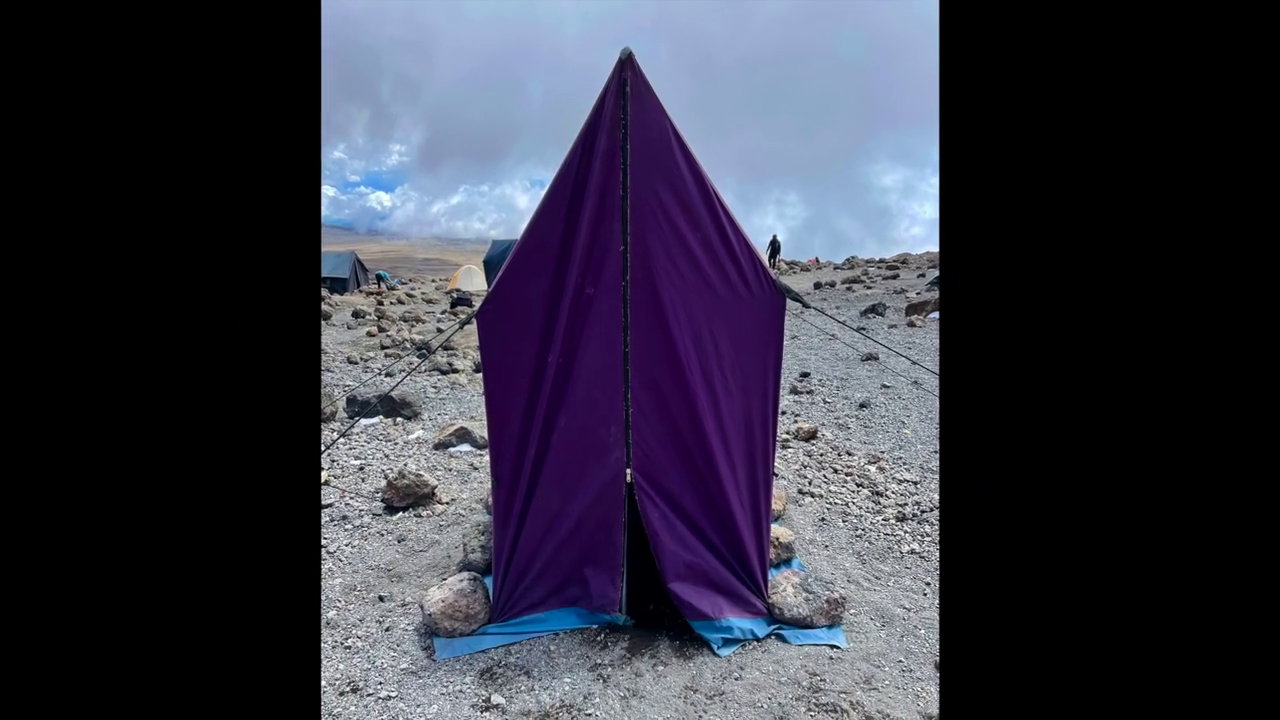
bathroom on mountain kilimanjaro
Bathroom on Mountain Kilimanjaro: What to Expect and How to Prepare Introduction One of the most common — and least discussed — questions from people
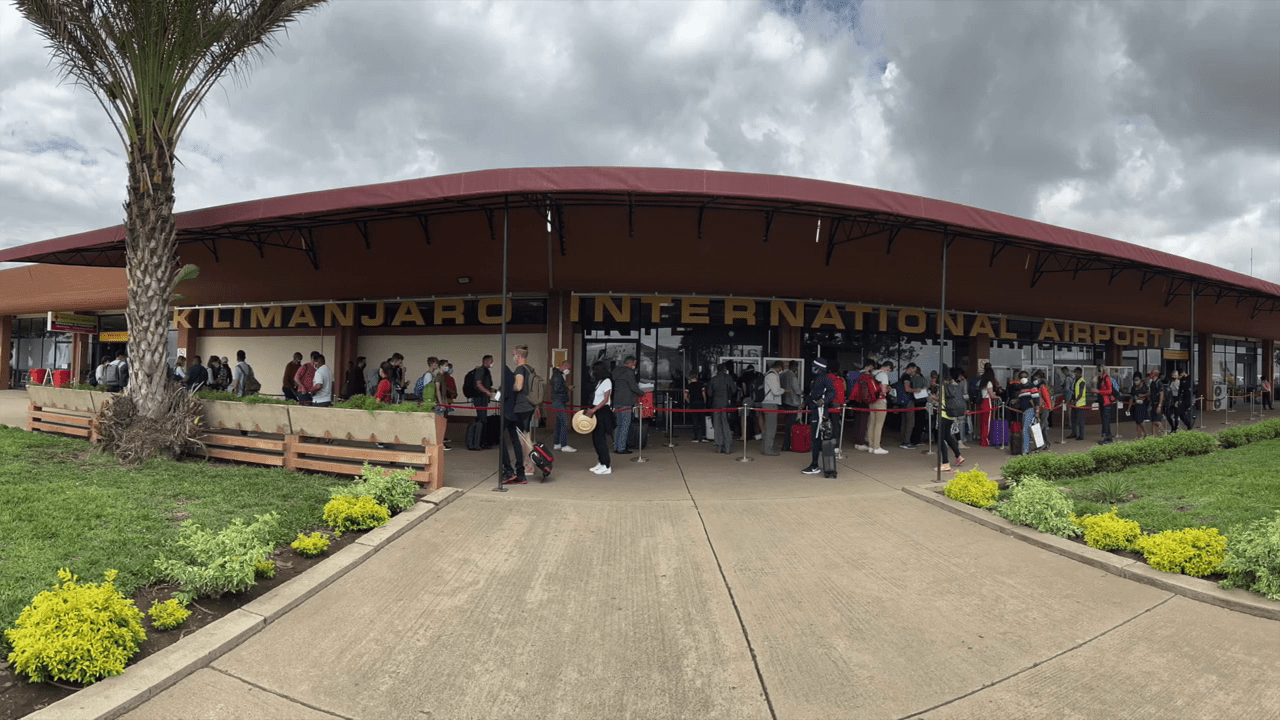
Are Guides Readily Available in Tanzania Without Prior Booking?
Are Guides Readily Available in Tanzania Without Prior Booking? Introduction: Should You Risk Climbing Without Pre-Booking? Climbing Mount Kilimanjaro is a dream for many adventurers.
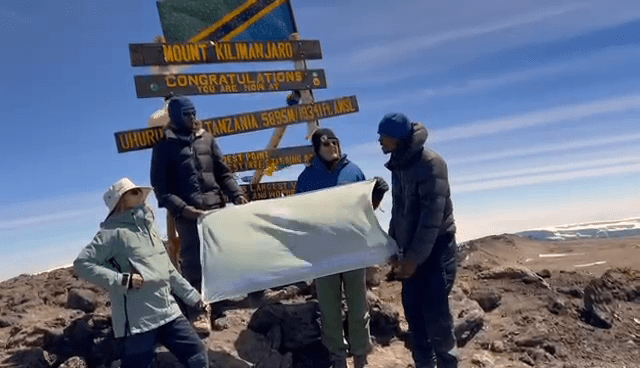
How Can I Find a Reliable Local Guide for My Kilimanjaro Expedition?
How Can I Find a Reliable Local Guide for My Kilimanjaro Expedition? Introduction: Why the Right Guide Is Key to Kilimanjaro Success Climbing Mount Kilimanjaro
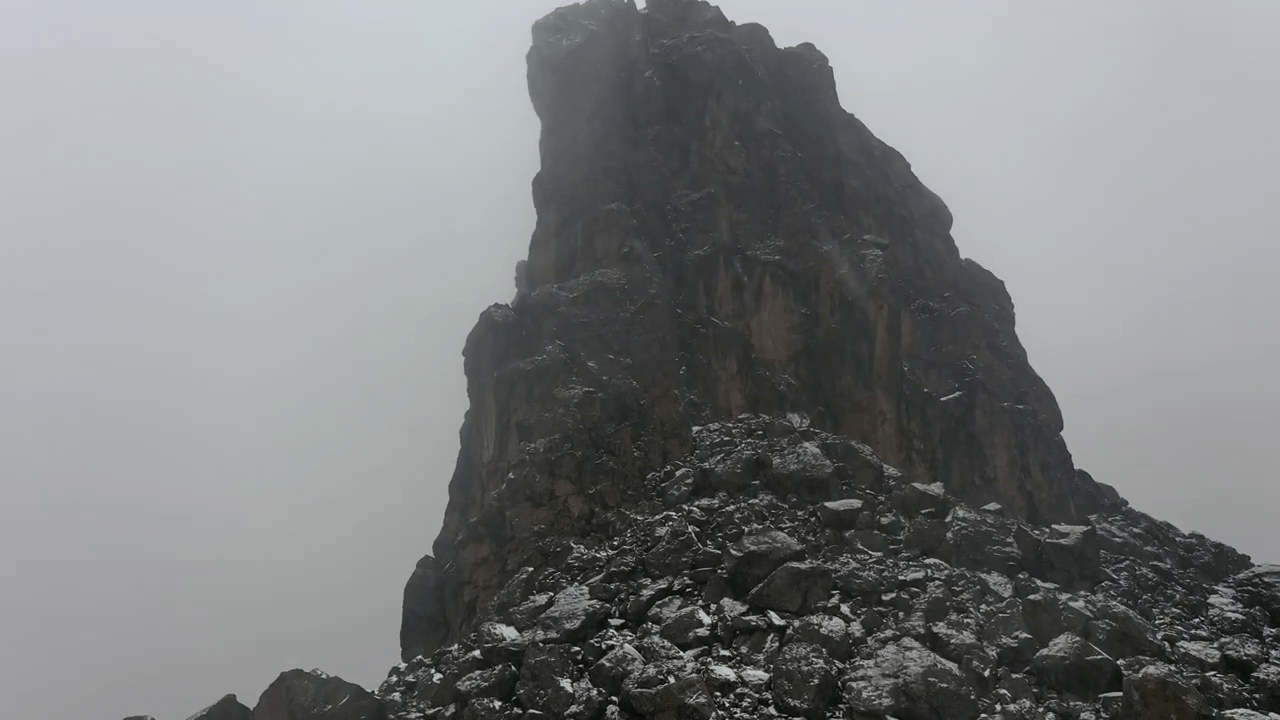
Is Climbing Kilimanjaro Dangerous for Individuals Without Mountaineering Experience?
Is Climbing Kilimanjaro Dangerous for Individuals Without Mountaineering Experience? Introduction: The Myth of Danger and Experience Many aspiring adventurers wonder if climbing Mount Kilimanjaro is
